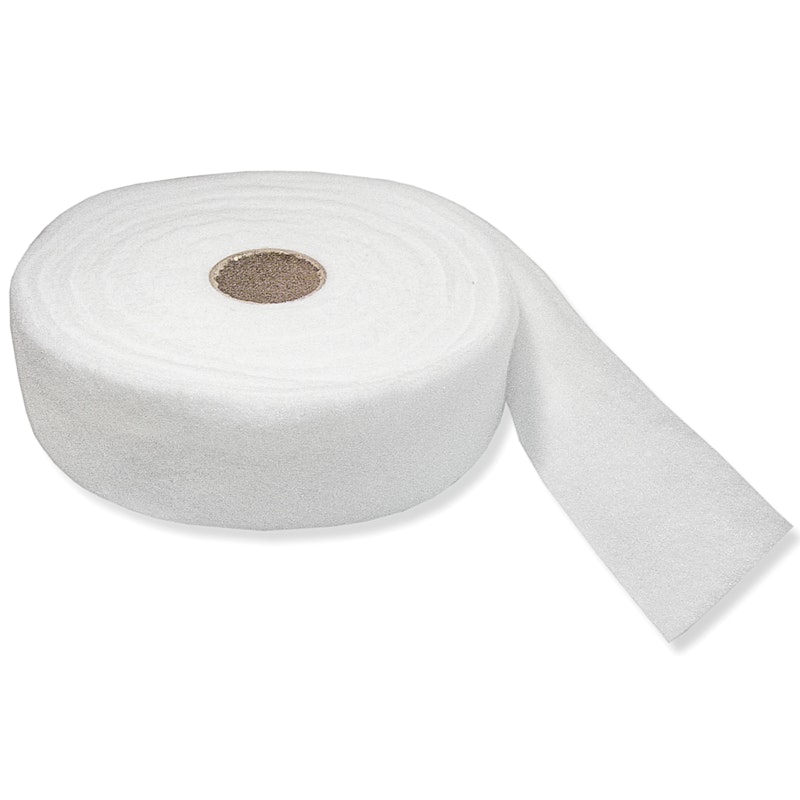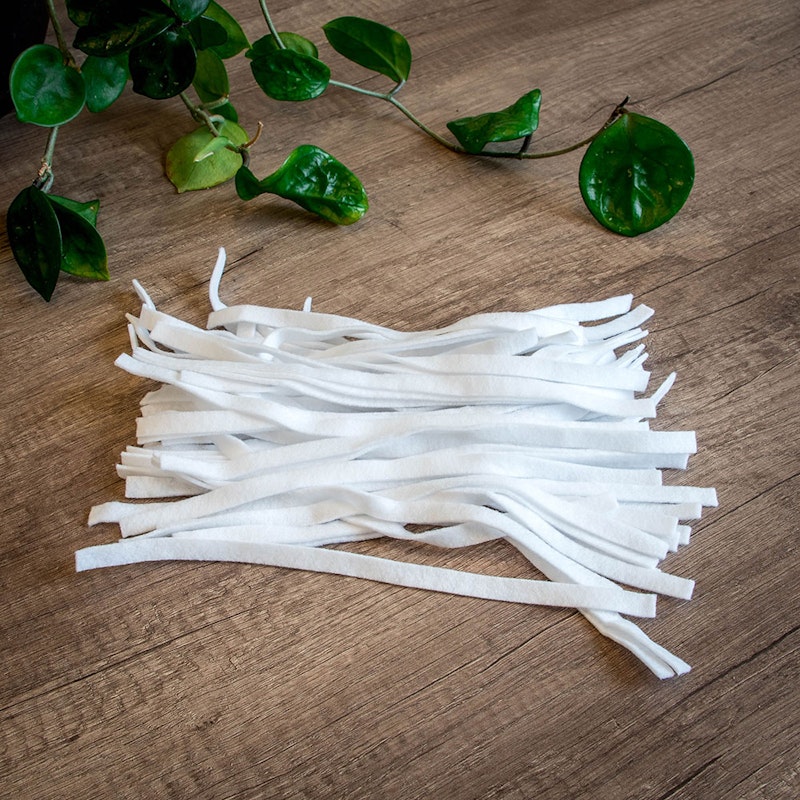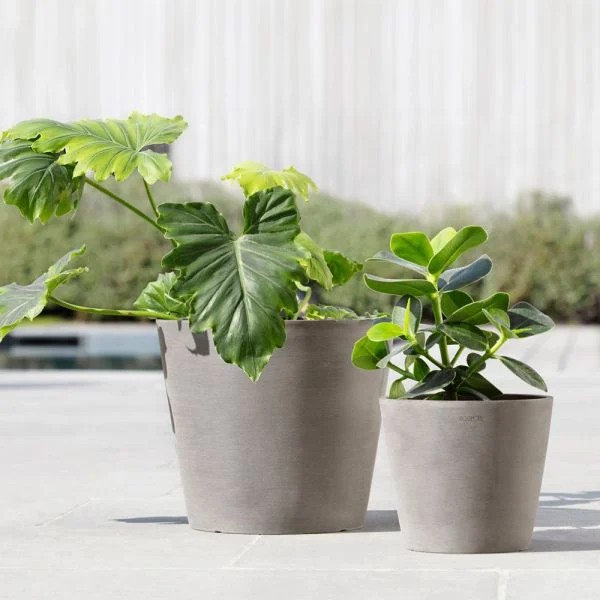Which Sub-Irrigation System Is Best for Your Plantscape Project?

There are a variety of sub-irrigation systems available for commercial indoor plants. The method you select depends on your project’s specific needs and situation. In this article, we explore the benefits of sub-irrigation, different methods and products available, and what to consider when choosing which system to use.
Benefits of a Sub-Irrigation System
Sub-irrigation systems deliver water directly to a plant’s root system, where it is most needed. As water travels through the growing medium, it is slowly absorbed, allowing for more even watering than top watering. The result is healthier plants with less stress.
The use of sub-irrigation also helps to conserve water. Because the growing medium retains moisture, there is less water lost to evaporation. This can result in significant water savings. Additionally, sub-irrigation systems minimize watering frequency, enabling plants to go 14 days or more between waterings, therefore reducing labor costs.
Types of Sub-Irrigation
There are a variety of sub-irrigation products available, each with its own benefits and drawbacks. Let’s take a closer look at each one below.
Self-Watering Capillary Mats
Self-watering mats are a popular choice for commercial indoor plants. They are easy to use and provide even moisture to your greenery, vastly decreasing the likelihood of over or underwatering. Capillary mats are available in rolls measuring 30 feet long and 7.5 inches wide and can be cut to size as needed, making them suitable for a variety of applications. Lightweight and easy to move, they are ideal for small spaces.
Self-watering capillary mat pros:
- Easy to use
- Even watering
- Cost-effective
- Lightweight
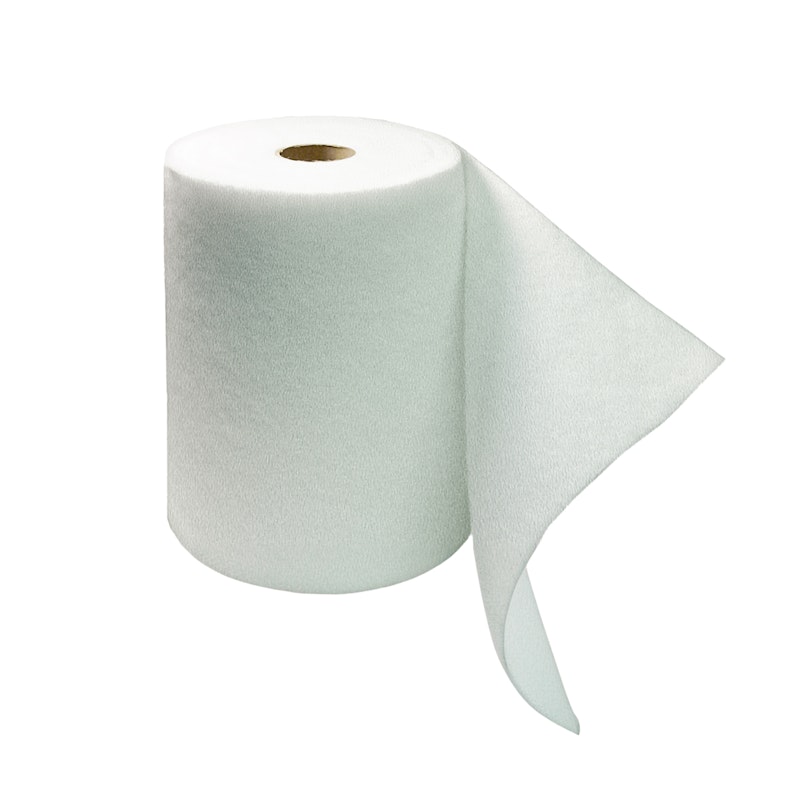
Self-watering capillary mat cons:
- Must cut to size for each application
- Not suitable for large plants
Self-Watering Capillary Wicks
Closely related to capillary mats are self-watering capillary wicks. Self-watering wicks are a simple and effective way to achieve sub-irrigation and minimize watering frequency. Although made from the same wool felt construction as capillary mats, wicks are used differently. Whereas capillary mats sit beneath the grow pot, narrow capillary wicks are only one inch wide and designed to be inserted into the root ball through the grow pot drainage holes. Capillary wicks are often used as part of a reservoir method, created by boosting the grow pot with the use of cross risers.
Capillary wicks are available in rolls measuring 1 inch wide by 30 feet long or as pre-cut wicks, each measuring 0.375 inches wide by 10 inches long.
Self-watering capillary wick pros:
- Easy to use
- Narrow width for easy insertion into the root ball
- Convenient
- Suitable for all plants
- Compatible with any type of water reservoir
- Cost-effective
- Quick installation
Self-watering capillary wicks cons:
- May require cross risers
- More difficult to reuse compared to capillary mats
Capillary mats and wicks are the easiest and most cost-effective methods of sub-irrigation. While they work well for simple setups, consider other self-watering systems, such as the ones we discuss next, for more complicated applications.
Mona Plant Sipper Round Insert
The Mona Plant Sipper Round Insert is a smart and dependable way to provide sub-irrigation for plant installations. Designed to accommodate a variety of pot sizes, the round insert allows for even water distribution, eliminating the need for daily watering. The insert works for indoor plants and is especially useful for outdoor potted plants where other water sources are not easily accessible.
The Mona Plant Sipper Insert consists of:
- Mona Plant Sipper reservoir
- Capillary leg
- Plant Sipper lid
- Filler pipe with water level indicator

Once assembled, the Mona Plant Sipper works as a single unit that can be installed into a decorative planter.
Mona Plant Sipper Insert pros:
- Promotes even watering
- Suitable for indoor and outdoor plants
- Easy to install
Mona Plant Sipper Insert cons:
- Available for limited pot sizes
- Pricier than capillary mats and wicks
- More time-consuming setup than some other sub-irrigation methods
Mona Plant Sipper Linkable Tanks
Mona Plant Sipper Linkable Tanks are the perfect sub-irrigation solution for both indoor and outdoor landscaping projects. Designed for in-ground or large built-in planter applications, the linkable tanks are available in three different sizes to accommodate every need. Made from both recycled and recyclable material, these linkable tanks are 100% water efficient, reducing the frequency of watering by up to six weeks. Using capillary action, the Mona Plant Sipper irrigation system allows plants to feed themselves naturally by drawing water up through their roots, resulting in fuller, hardier plants.
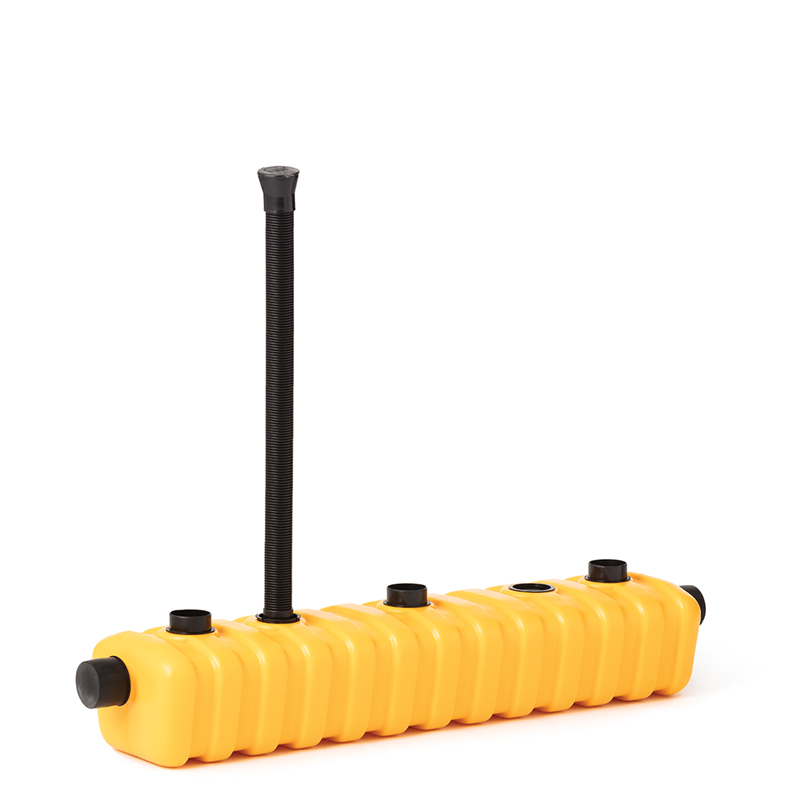
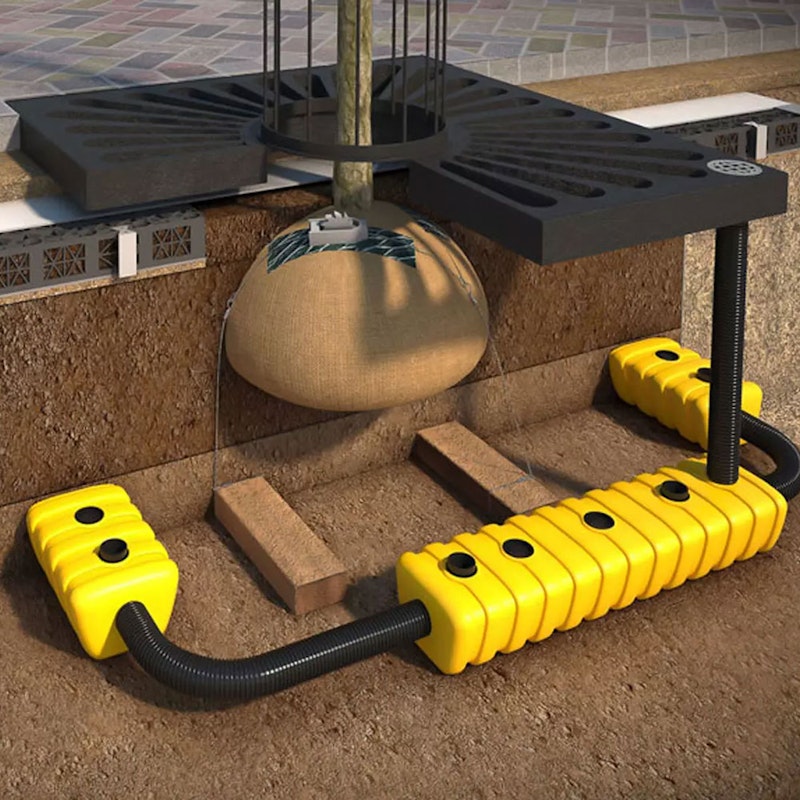
Mona Plant Sipper Linkable Tank pros:
- Available in three sizes
- Linkable for large applications
- Made from recycled and recyclable material
- 100% water efficient
Mona Plant Sipper Linkable Tank cons:
- Only suitable for in-ground or built-in planters
- Costs more than a mat or wick system
- More labor-intensive setup than other sub-irrigation methods
All-In-One Sub-Irrigation and Decorative Planter
Sub-irrigation systems are increasingly sought after for their convenience and benefits to plant health, and many companies have begun integrating these systems into their planters. Ecopots stands out with the Amsterdam and Rotterdam planters, which offer optional self-watering systems. These planters are crafted from eco-friendly recycled materials, are available in five neutral colors and various sizes, and feature a versatile and modern design that seamlessly integrates into any setting. The self-watering option includes a water level indicator that gives a visual cue when it’s time to refill the reservoir.
Ecopots self-watering planter pros:
- All-in-one convenience
- Made from recycled materials and natural minerals
- Lightweight and durable
- Available in a variety of shapes, sizes, and colors
Ecopots self-watering planter cons:
- Pricier upfront compared to traditional planters and other sub-irrigation methods
- Requires regular maintenance and cleaning
- Fixed sizes and shapes are less versatile than flexible mats and wicks
Final Thoughts on Sub-Irrigation Methods
When using a sub-irrigation system for your plantscape project, it is important to choose the right method for the plants’ needs. Consider the benefits and drawbacks of each system, as well as the size and type of plant, size of the pot, and location of the planter. Sub-irrigation is an excellent investment for your interiorscape business, offering significant time and cost savings while keeping plants healthy and looking their best.
You May Also Like
Leave a Reply
You must be logged in to post a comment.






